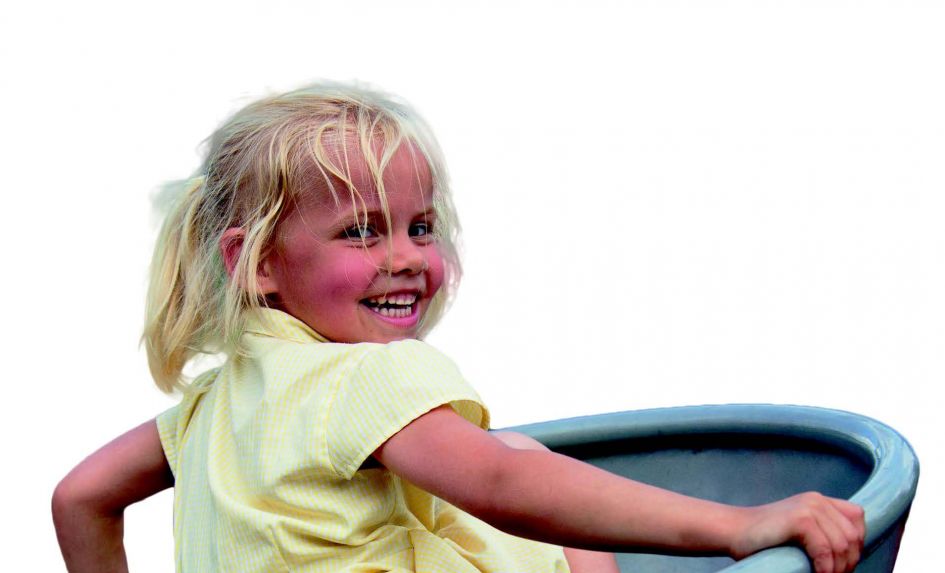It’s well documented that play is hugely beneficial for children. Not only is it important for their physical health and development, but by enabling children, young people and adults to interact together, a play area can truly unite a school community. But how should you go about ensuring that such a space is fully inclusive and appropriate for your children’s particular needs?
It can be a daunting task to create a play area design while keeping inclusion in mind, whether making one from scratch or updating an existing facility, since there are so many different abilities and needs to consider.
The first step should be to partner with a play space designer who understands inclusion and is prepared to offer the school a flexible approach to the design. A school’s teaching staff and business managers are the experts when it comes to the children; the designer’s role is to interpret the brief, match suitable equipment to the stated requirements and create a tailor-made solution.
Work closely alongside your play designer, raising with them any specific features and activities you’d like to see included, and they’ll be able to guide you towards the optimal solution.
Be clear in your brief. Some important points to consider are the outcomes you’d like the space to provide and the available budget. How and when will the space be used throughout the day? What age range do you need to cater for? Do you wish to include forms of sensory activity, dynamic play or a blend of both? How many wheelchair users will be accessing the space? Will quiet spaces be needed for children with autism or sensory processing disorders?
If the space is to be fully inclusive, remember that you may also need to consider integrating some more challenging equipment for those that need it.
A request commonly heard by our team during the many school projects they’ve been involved with is for the children to have a safe space in which they can play independently, while feeling empowered and able to let off steam. Many schools will now utilise their play spaces throughout the school day, rather than just at break and lunch times.
Playgrounds can serve as classroom breakout spaces during lessons, while dynamic and sensory equipment can facilitate helpful activities for children needing to burn off energy, clear their mind and/or regain focus before returning to the classroom.
These inclusion considerations equally extend to the layout of the area itself, with respect to how it’s accessed, path networks throughout the space, the distances between equipment and how the children can be expected to interact within the space. Give some thought as to how many of the children’s senses will be engaged when they’re in a seated or standing position. We recommend a minimum of three, but more is better!
There’s much to consider before embarking on the design and product selection stages, but this is a crucial phase if you want to ensure your new playground will be ultimately fit for purpose. A good play partner will guide you through each step, creating a bespoke solution in the process and ensuring that the final outcome is enjoyed by everyone at the school.
If we can eradicate social and physical barriers from the playgrounds in our schools and public shared spaces through the development of well-rounded, inclusive play spaces, then we can provide equal play opportunities for all children.
Joanne Talbot is business manager at Inclusive Play.










